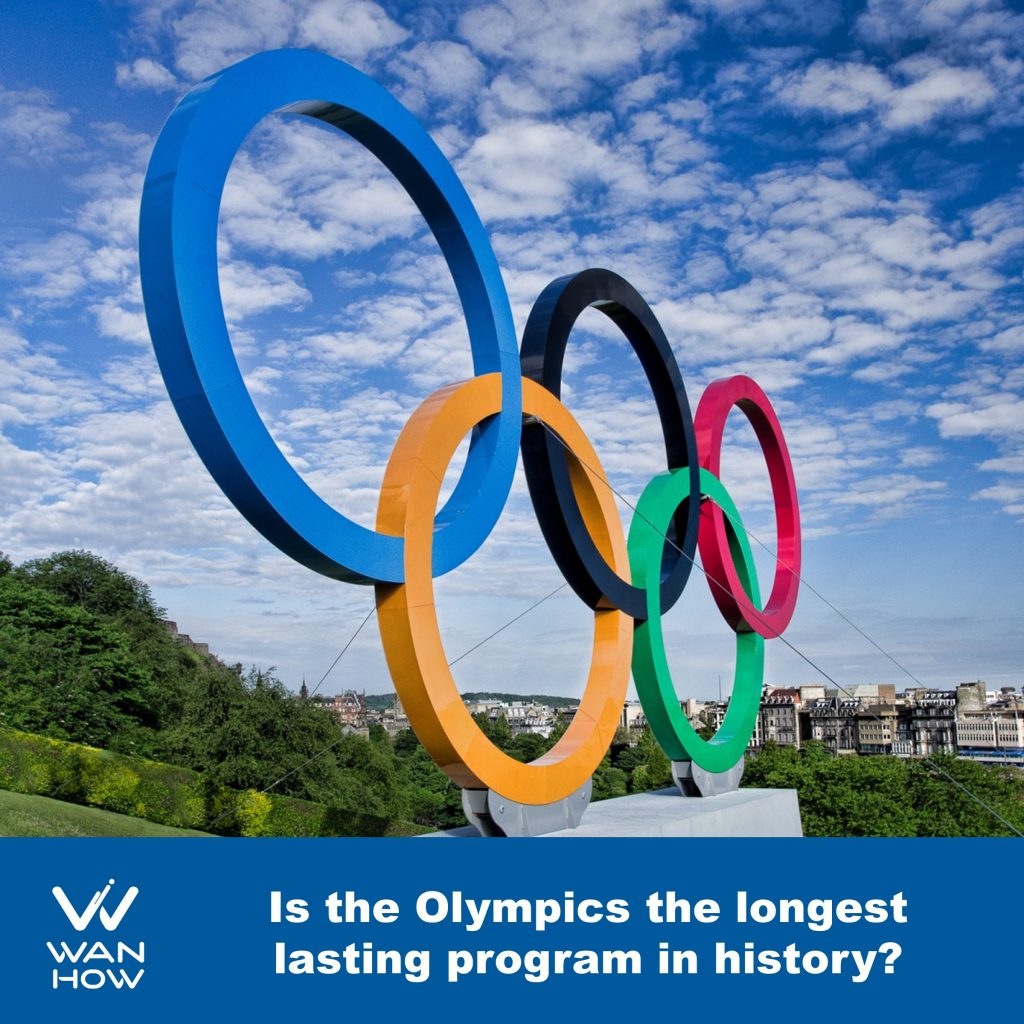
Like every other Olympic event, Tokyo 2020 is a mega project, likely a portfolio of projects involving sectors as diverse as construction, sports, event management, marketing, transportation, and in 2021, healthcare.
Cities who host the Olympics benefit from an injection of funds for infrastructure projects for public transportation and sports arenas. Within the triple constraint of scope, time, and cost, two are fixed. The date of the Olympic event is fixed and the scope is fixed. Although for Tokyo 2020, the date was deferred and the scope scaled down because there are no spectators. Nevertheless, the only variable is cost. Host cities know that whatever infrastructure is needed will be built and completed no matter the cost.
The Olympics benefit young people all over the world. With the introduction of skateboarding in Tokyo 2020, Momiji Nishiya, age 13, of Japan became one of the youngest Olympic gold medalist. The youngest gold medalist ever was Marjorie Gestring, who dominated diving in the 1936 Berlin Games. The youngest medalist was Dimitrious Loundras, a 10-year-old gymnast who won bronze in the 1896 Games.
The oldest Olympian was Oscar Swan, a 72-year-old Swedish shooter who won silver in the 1920 Antwerp Games. It was said that in the ancient Olympics, they stopped fighting wars in order to compete in the Games. And in 2021, the Tokyo 2020 Games went on in the face of a worldwide pandemic.
As a project manager, I wonder if the Olympics is the longest lasting program in modern history, spanning 125 years, from Athens 1896 to Japan in 2021? By definition, a program is a group of projects that are managed together to get benefits that cannot be realized by managing them separately. To the public, each Olympic event is held in a different year and location, so could these be considered as part of a program. Behind the scenes though, bidding to be a host city, planning for future events, the running of current Games, all occur concurrently. It could take 10 years from bidding to delivering one Olympic event. The Winter Games is held two years after the Summer Olympics. So there are actually multiple Games projects at various stages of completion at any one time.
There is also an Olympic Charter, which could be thought of as a Program Charter, and a vision. The goal of the Olympic Movement is “to contribute to building a peaceful and better world by educating youth through sport practiced in accordance with Olympism and its values.” This, I think, is the program benefits whereas the project goal is the delivery of the Games.
The program benefits could not be sustained without the continued delivery of the Games projects every two years. As a spectator, the benefits are realized when pre-teens can look up to teenage Olympians and aspire to win a medal be it in skateboarding or diving; when seniors can compete in shooting and grandmothers in equestrian events (e.g. 66-year-old Mary Hanna of Australia). In Tokyo 2020, 46-year-old gymnast Oksana Chusovitina gets a standing ovation when she completed her vaults. Oksana is the oldest female gymnast to compete in the Olympics.
Benefits are also realized when a star gymnast like Simone Biles withdraws from her events and shines a spotlight on mental health, making it easier for others to do the same. Social media support for Biles indicates that her courage is helping to build a better world. She tweeted, “the outpouring love & support I’ve received has made me realize I’m more than my accomplishments and gymnastics which I never truly believed before.“
I can’t think of another 125-year long program that continues to deliver and sustain benefits. Can you?
